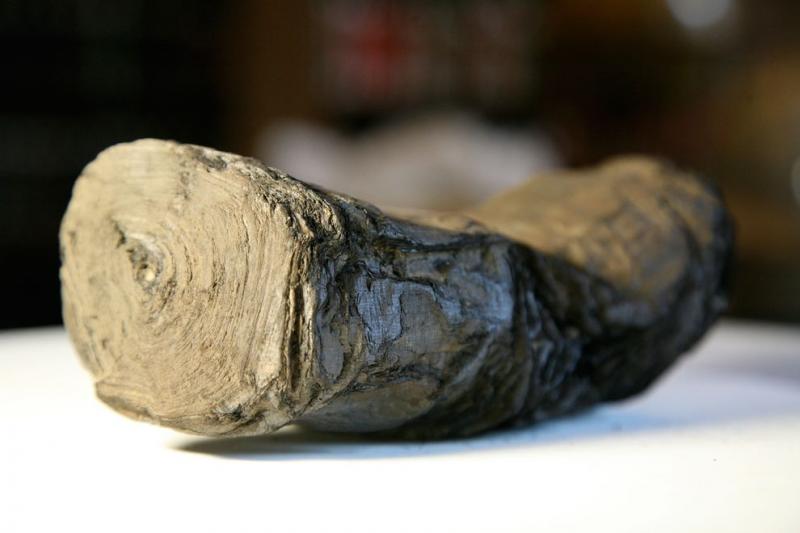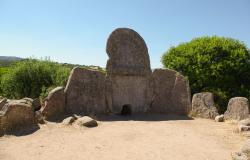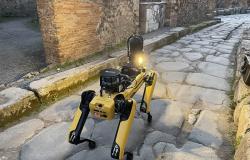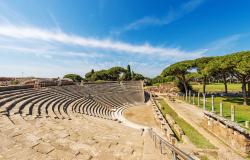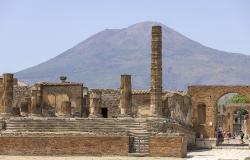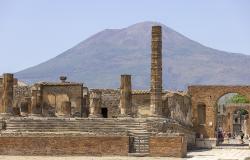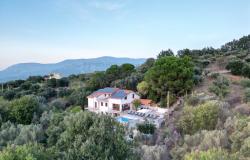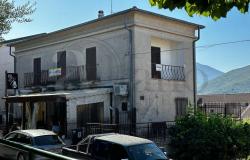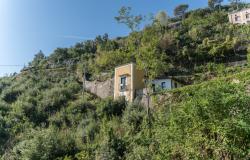A new x-ray technique has allowed scientists to decipher letters from Herculaneum papyri carbonized by the 79 AD eruption that also destroyed Pompeii.
In 1752, workers excavating the site of the Villa dei Papiri, buried under more than 15 meters of ash, uncovered hundreds of handwritten charred papyrus scrolls from a room in the villa (hence its name) - the only ancient library to survive.
Up until now, unrolling them was an extremely delicate process that often caused them to end up destroyed, so most of them have been left untouched. The new non-destructive x-ray imaging technique, devised by a team led by Vito Mocella of the Institute for Microelectronics and Microsystems of the National Council of Research in Naples, reads the text through the rolled-up papyrus by discerning charcoal ink from charred papyrus.
"This pioneering research opens up new prospects not only for the many papyri still unopened, but also for others that have not yet been discovered," the team wrote in the journal Nature Communications, reporting the discovery.
The deciphered letters were probably written in the century before the destruction of Herculaneum, the vacation resort of choice for wealthy Romans at the time. The first 24 deciphered letters were written in ancient Greek, the language of philosophy in the Roman world.
Researchers hope that this new method will help investigate more of Herculaneum's charred papyri, possibly leading to the decision to resume excavations at the Villa of the Papyri, owned perhaps by Julius Caesar's father-in-law. It is presumed that another library lies buried beneath the villa’s ruins.
